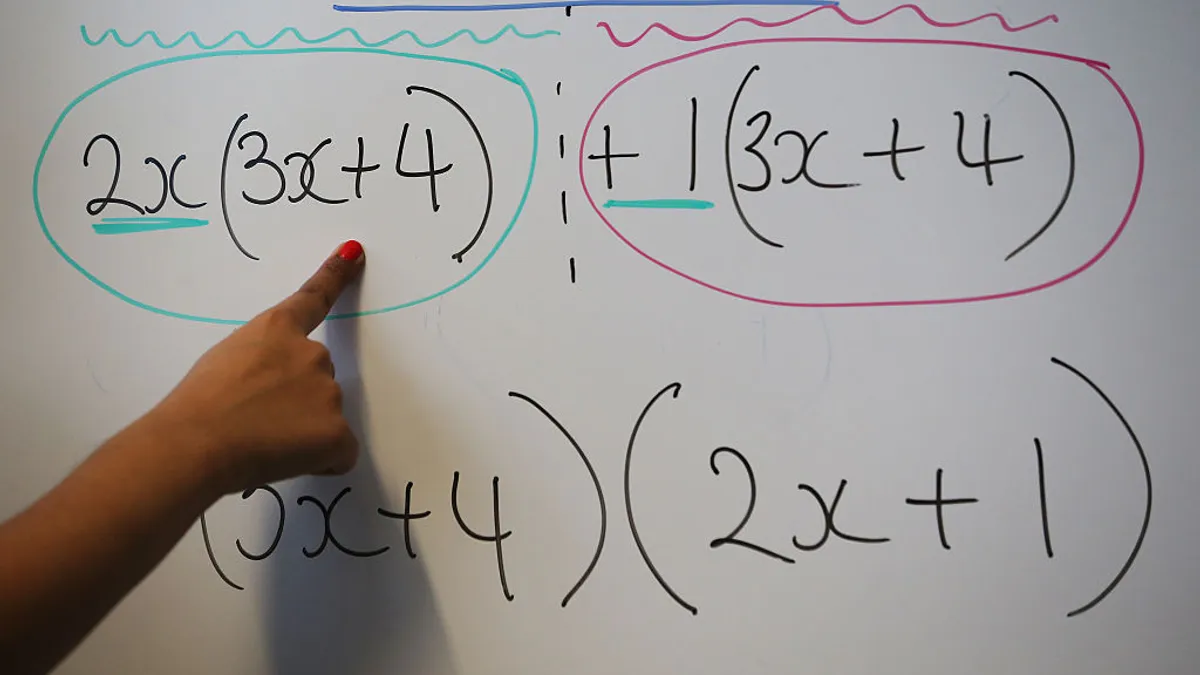Dive Brief:
-
Baseball can provide a solid inroad when teaching students about statistics, as the plethora of data that comes out of the game offers classes a new way to think of numbers, Tech & Learning reports.
-
Not every student cares about baseball, but some resources may help engage more pupils whether they follow baseball from the start of spring training or have never seen a pitcher’s mound. Materials to tap include the Lahman’s Baseball Database and the textbook “Analyzing Baseball Data with R,” which might appeal to students interested in programming.
-
Data can help learners uncover new layers to a topic, providing a different perspective on long-held ideas. For example, in baseball, examining the way catchers hold their gloves helped experts better understand the influence position has on whether a pitch may be called a strike or not. Students can then learn to use data to find insights into other fields.
Dive Insight:
Tying lessons to a student's interests can help spark engagement in the subject, making material more relevant to their lives. Linking challenging subjects, like those in STEM, to real-world scenarios may help pupils connect more personally to lessons and see that relevance.
Educators can use surveys to uncover subjects students are personally engaged with outside of school. This activity also allows learners to share passions and talents with peers through an academic assignment.
For example, students can weave their interests into school projects. A pupil who plays guitar may choose a project examining the mathematics behind her music compositions.Another student known for his cake baking prowess may report on the science of gluten, while the school quarterback could show the role statistics play in sports.
Experiential learning is another way to help tie subjects to students’ lives. That could include traveling to locations outside of the classroom, such as a social studies class going to a local museum to learn the history of a region, or a math class going to an exhibit or event focused on numbers and puzzles, like those offered by the National Museum of Mathematics in New York. Students in a biology course could take a self-guided walk through a local park, like the one at the San Diego Natural History Museum, to see how native plants grow in the wild.
Finding ways to more closely align classroom lessons with students’ own lives, whether connecting to their interests or linking subjects to their local communities, can help enliven both the material and classroom engagement.






 Dive Awards
Dive Awards






